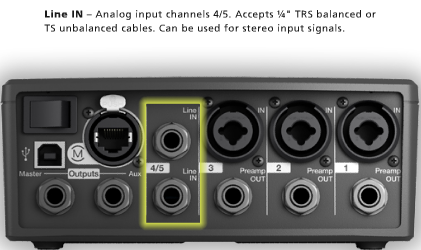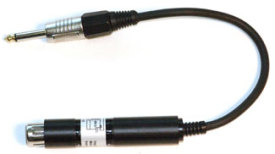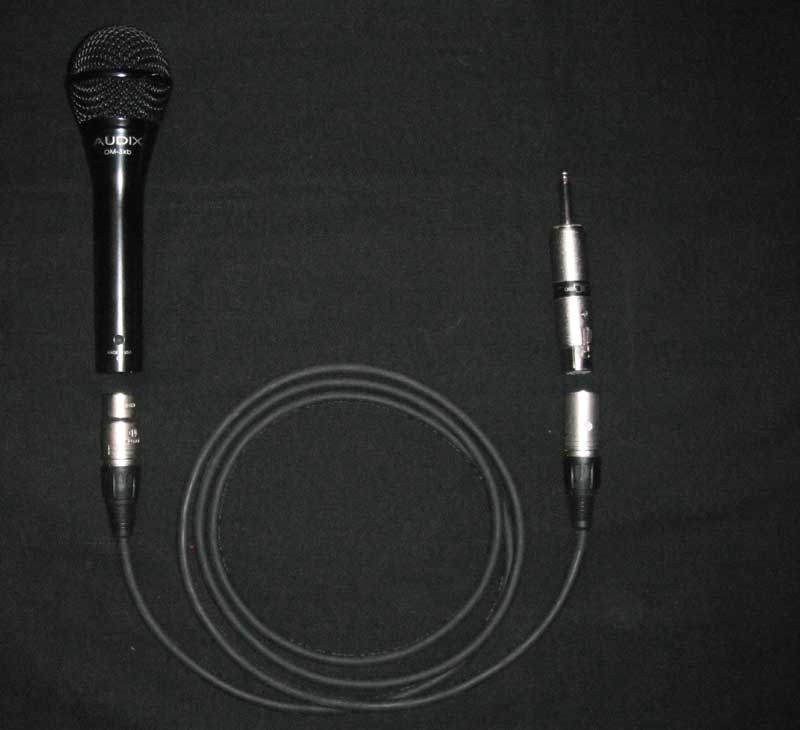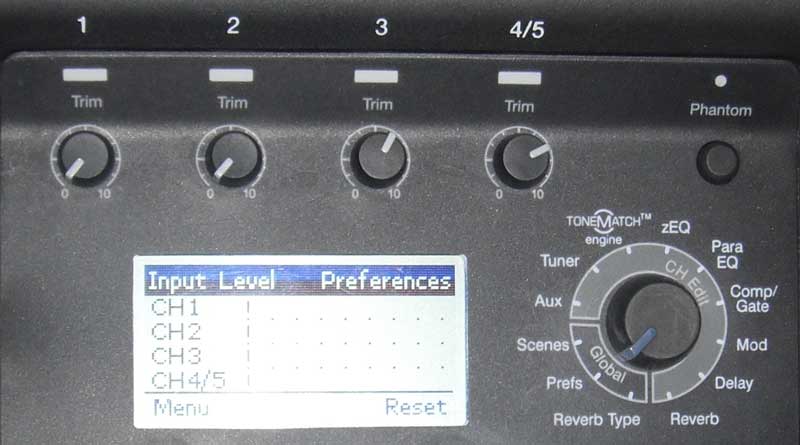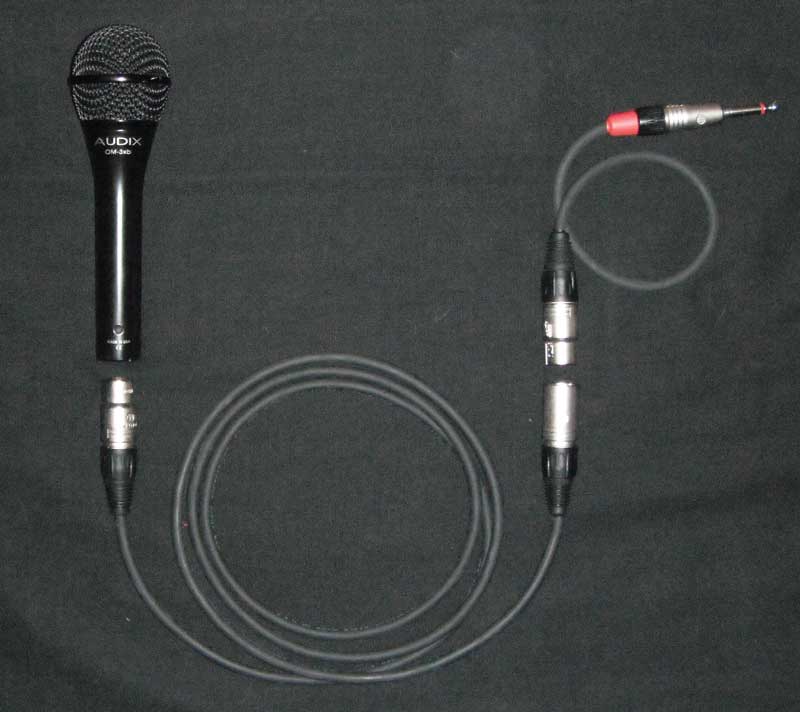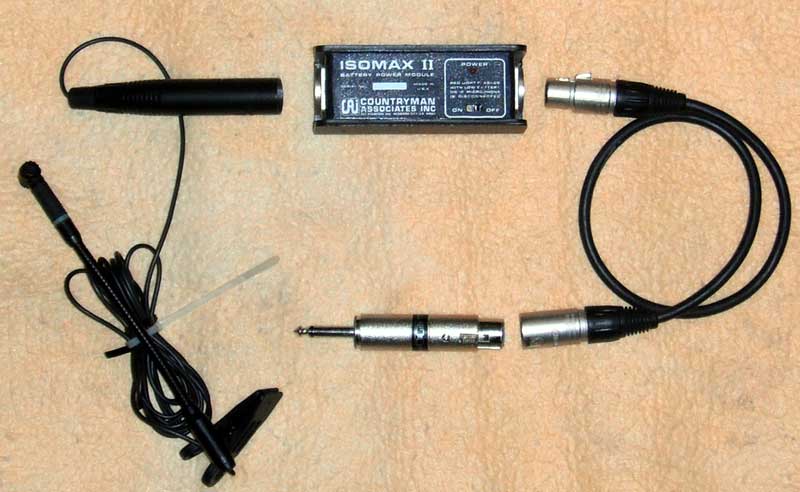Difference between revisions of "Microphone into T1® Channel 4/5"
m |
m (ST moved page Microphone into T1® Channel 4/5 to Microphone into T1® Channel 4/5) |
| (One intermediate revision by the same user not shown) | |
(No difference)
| |
Latest revision as of 02:23, 26 March 2017
You can use four microphones with a T1 ToneMatch Audio Engine even though there are only 3 XLR inputs. Channel 4/5 can be used if you have an impedance matching transformer. Note that if your microphone requires phantom power, then you will need to supply that too as there is no phantom power on T1 ToneMatch® Audio Engine Channel 4/5.
Dynamic Microphone
Microphone ⇒ microphone cable ⇒ Lo-to-High impedance matching transformer.
I used the microphone above and set the trim for T1® Channel 3 and then I use the same microphone with the impedance matching transformer in T1® Channel 4/5. The picture below shows that I was able to get the same input level on Channels 3 and 4 by using a higher trim setting on Channel 4/5. Please note: Your settings will probably be different depending on your microphone and your vocal style. The picture is to show you that the trim setting for Channel 4/5 will probably be higher than Channel 3. This does not affect the sound quality.
Different Adapter / Same Results
Note: This adapter also has an impedance matching transformer built into it.
Condenser Microphone
The microphone shown here is a clip-on instrument microphone, but if you are using a vocal microphone the same connections would apply.
Note: the Isomax device shown below is a standalone phantom power supply. You will not need this unless your microphone requires phantom power.
- Condenser microphone
- Phantom power supply
- xlr cable
- Lo to Hi Impedance matching transformer
- [sweetwater.com/store/detail/LittleIMP--whirlwind-little-imp-lo-z-xlr-to-hi-z-1-4-inch-inline-impedance-matcher Whirlwind Little IMP Lo-Z XLR to Hi-Z 1/4" Inline Impedance Matcher]
- CA-321 | 3 PIN FXLR TO M1/4" TS TRANSFORMER BARREL ADAPTOR
- LoZ to HiZ Transformer Cable - 6 foot
Note: the phantom power supply is only required if your microphone requires phantom power (e.g. condenser microphone). Most dynamic microphones will not require you to use a phantom power supply.
Field Report:
I just tried this out.
Small diaphragm condenser microphone
to
external phantom power supply
to
a low to high impedance matching transformer for the microphone (click the picture for details)
toT1® Channel 4/5
I had to turn the input trim higher on Channel 4/5 than when I plugged the microphone directly into Channel 1,2,3 - but it worked.
NOTE - you have to have the impedance matching transformer.
— Source: String Quartet - Bun

